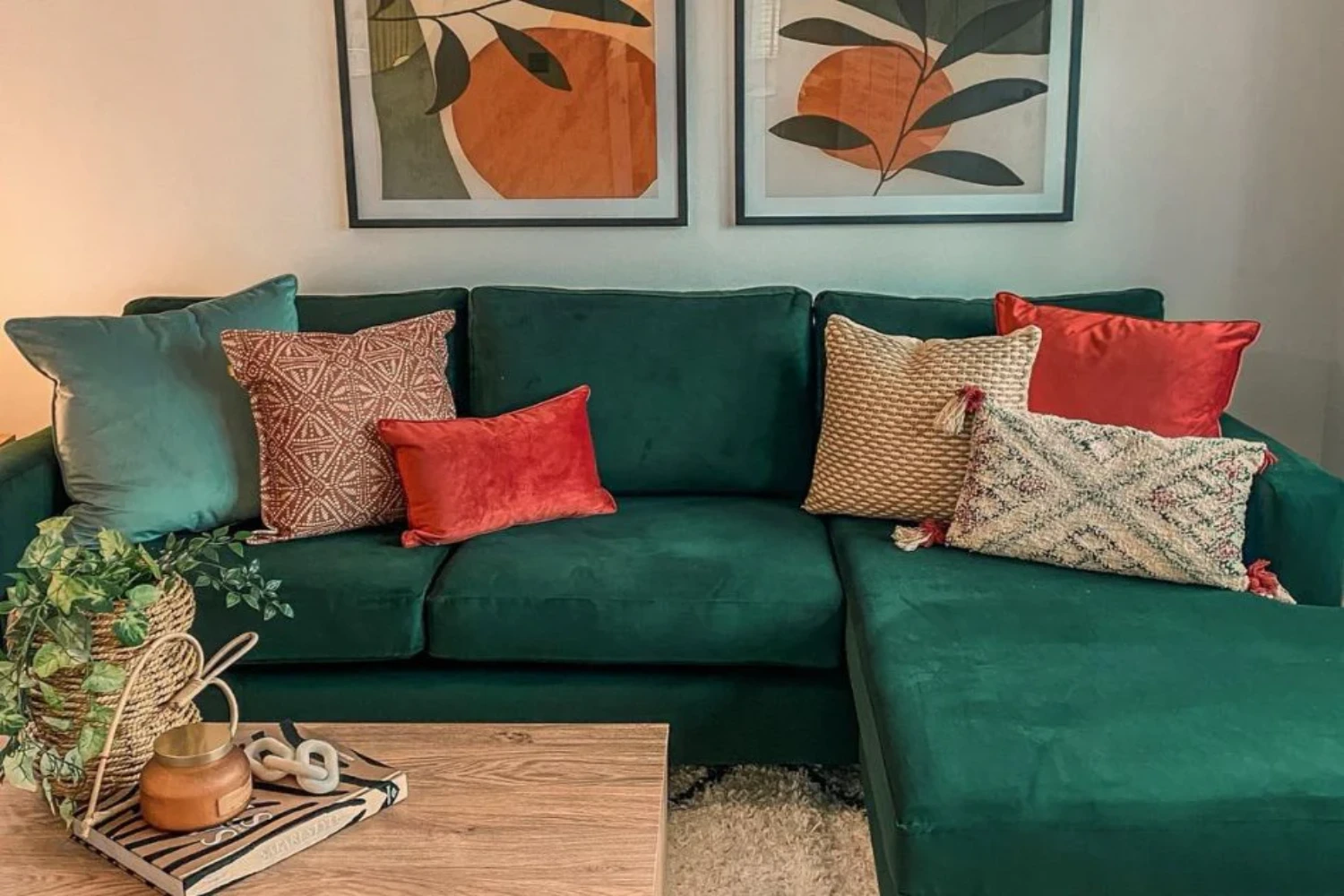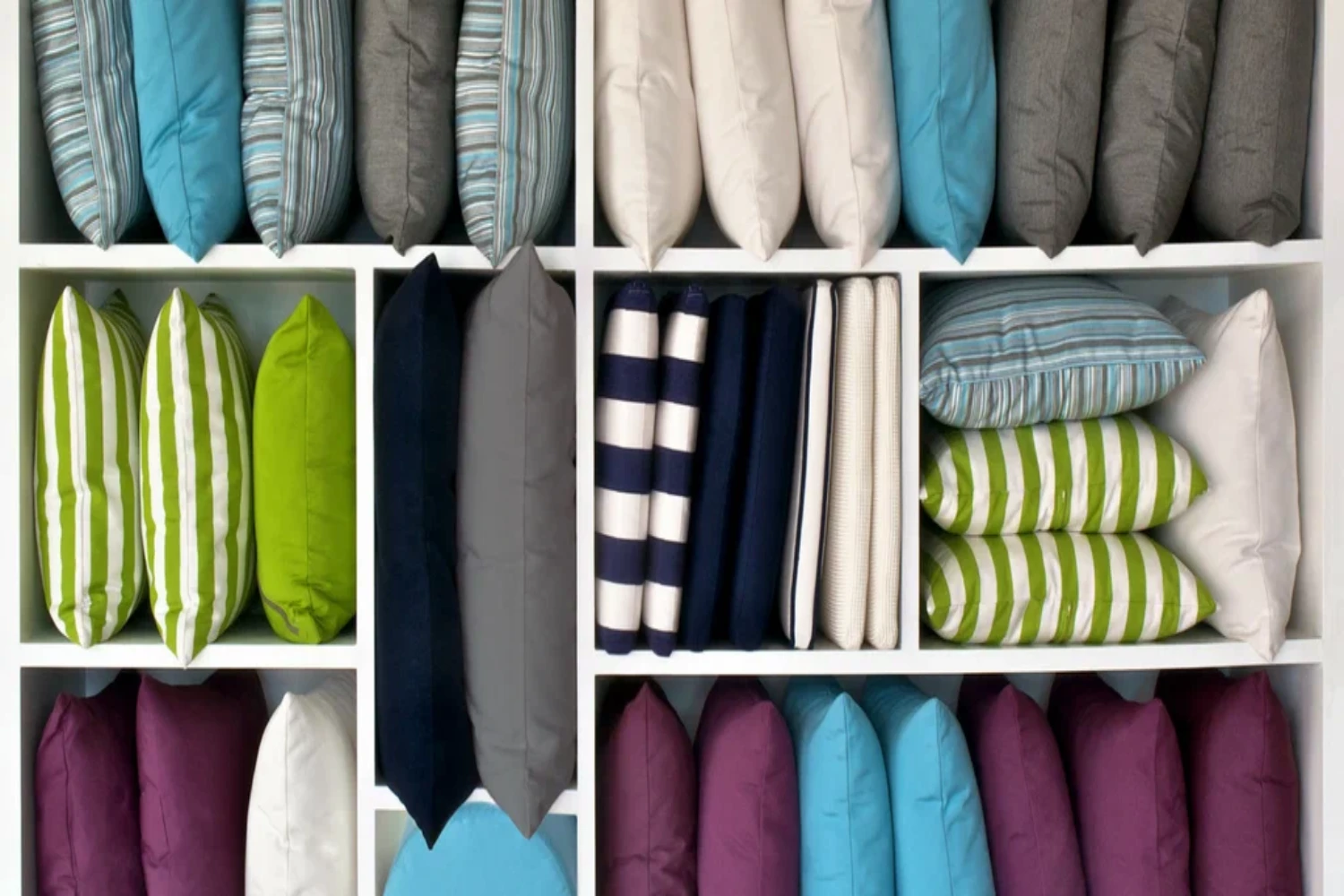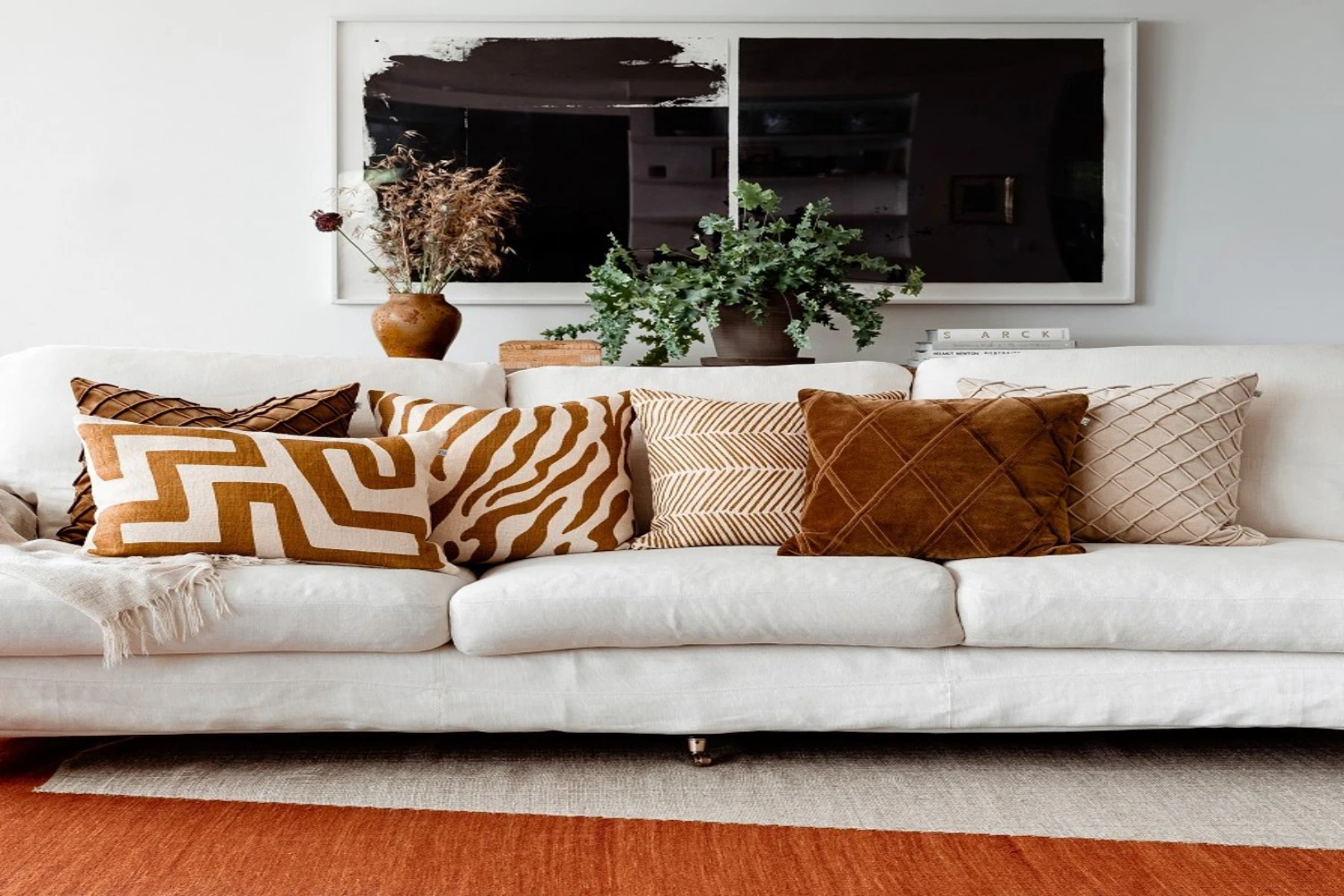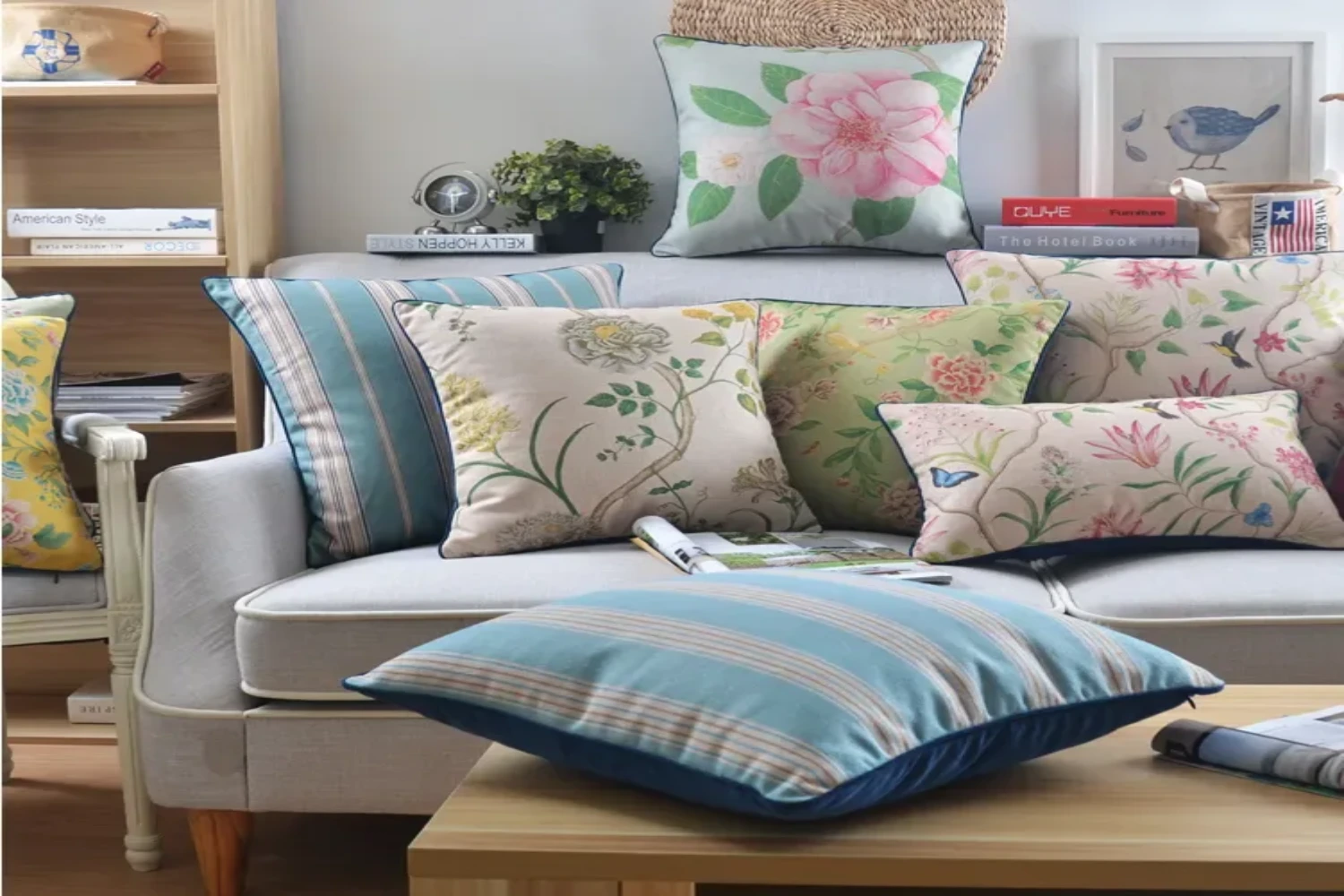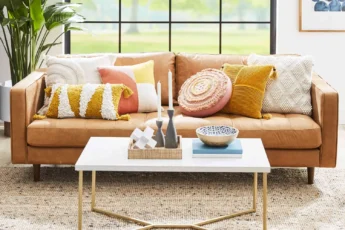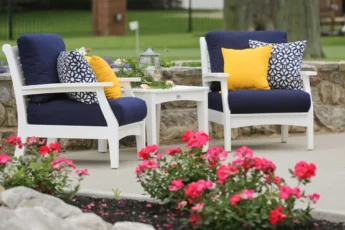Cushions for the sofa or chairs are more than just a comfort accessory. These are the elements that give the place a finishing touch, changing the ambience for the entire seating area. They can be a stylish centerpiece for your living room or an office space. The catch here is that arranging the cushions on the sofa is not as easy as you might think. So, how to arrange cushions on a sofa? Well, this is where our expertise comes to help you. Today, we will give you some tips to arrange cushions on your sofas.
10 Effective Tips To Arrange Cushions On A Sofa
Whether it’s about achieving a minimalist look, or a textured layering, or designing with patterns, you need to know the right method. Here are our 10 effective tips on how to arrange cushions on a sofa.
1. Place the Right Number of Cushions
The very first thing you can do is to decide how many cushions you are going to use. The number can be different based on the sofa size. For a 2-seater sofa, we recommend 2 to 4 cushions. A 3-seater sofa will benefit from 4 to 6 cushions. Lastly, a section or a large sofa will require about 7 to 9 cushions.
2. Try Different Sizes and Shapes
Cushions are not created in equal sizes; this is why you get the freedom to mix and match different sizes and shapes for them. This arrangement can be made to look intentional or monotonous. For the large square cushions of 20 to 22 inches in size, use them for the back corners to create a base layer. Take your medium-sized cushion of 16 to 18 inches and layer it in front of the larger ones. A lumbar cushion, rectangular in shape, will offer comfort with a designer touch. Lastly, use a bolster or a round cushion to break those square lines.
3. Try the Casual Look
If you are someone who loves a modern and relaxed feel, opt for an asymmetrical casual look with your sofa cushions. For example, place 3 cushions on one side of the sofa and two on the other side. This will help create a more laid-back look while giving a sense of coziness to the seating arrangement in the living room.
4. Layer Textures for Depth
Textures are not just important for a color; they work best when styling cushions. Two different fabrics will contract each other to create a stylish appeal. We recommend pairing velvet cushions with linen or cotton ones. You can use the knitted cushions to pair them with faux fur or silk cushions. A patterned or embroidered cushion will break that monotony of the solid fabrics to give a visual depth.
5. Mix Patterns
Patterns for cushions will either make or break the entire arrangement. If there are too many bold designs competing with each other, the new look will come out as flat. The secret is to opt for balance, like choosing a single bold statement cushion with floral or geometric patterns. You can also try placing one or two simple-patterned cushions with small prints or stripes. It’s best to go with a neutral color scheme to complement the patterns.
6. Match with Your Room’s Color Scheme
A cushion must never feel like it doesn’t belong in the room. The true skill is to tie the color of the cushion to the existing room’s color scheme. You can choose 2 to 3 prominent colors from your room’s existing décor. These can be colors from the wall paint, rug, or curtains, and pair them with the shades of your cushions. For instance, if the room has neutral walls and a navy accent overall, we recommend pairing it with cushions featuring beige colored upholstery or mustard upholstery.
7. Use Odd Numbers for Visual Interest
You talk to any interior designer, and they will always say that odd numbers are more appealing to the eyes compared to even numbers. If it’s a 3-seater sofa, use 5 cushions instead of 4. Odd numbers tend to feel dynamic and eye-catching in a grouping of interior décor themes.
8. Add a Statement Cushion
Sometimes, all you need is one bold cushion to add a bold personality to your sofa. Whether you have a cushion with an unusual shape, bold print, or a metallic fabric, any of these details can become a statement piece that grabs the attention and sets the tone for the seating arrangement. The right way is to place such a cushion in the center or slightly to the side for a greater visual impact.
9. Focus On Comfort
Yes, styling is important, but the aim here is to use the cushions; they need to be comfortable. It’s best not to overstuff these sofa solutions to the point where the guest might have to move them. You need to make them have the right balance of comfort and décor. One effective tip is to place a large supportive cushion in the back and smaller decorative cushions in the front. This way, it’s easy to move them around.
10. Rotate with the Seasons
Cushion Covers are more of a maintenance care that actually aids your seating décor. You don’t have to change the cushions every season for a new, renovated look. You can just swap the covers of these cushions for a quick update. For seasons of spring & summer, go with the light fabrics like linen or cotton in bright shades and simple prints. In the seasons of winter and autumn, we recommend using rich fabrics like wool, faux fur, and velvet in bold tones.
Conclusion
Our tips on how to arrange cushions on a sofa will surely be of help next time you are decorating your seating arrangement. You need to choose the right number of cushions in the right size while mixing the patterns, textures, and colors to change the living area’s ambience. Next time, you use the cushions, think of them not like a pillow but as a means to reflect your aesthetic sense of style to improve the interior décor.

